A poster providing a definition and example of a concrete poem (or shape poem).
Print this educational poster in letter size or larger. Display it in your classroom as a visual reminder of what a concrete poem (or shape poem) is and how to write one.
Concrete poems are written in the shape of the object they describe and are used to show a feeling or to excite the reader. Sometimes, the shape is made up of sentences; other times, it may be filled with descriptive words.
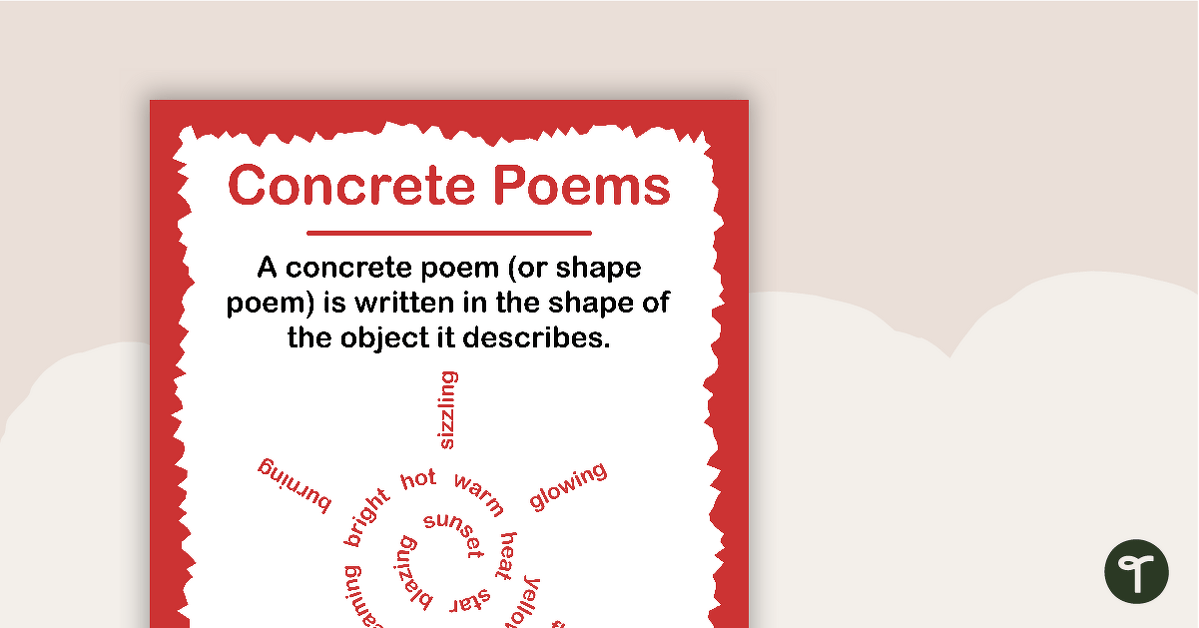

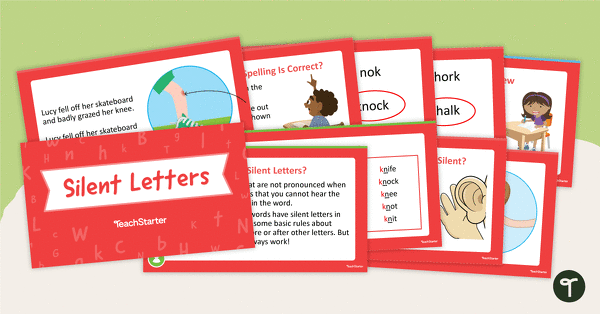
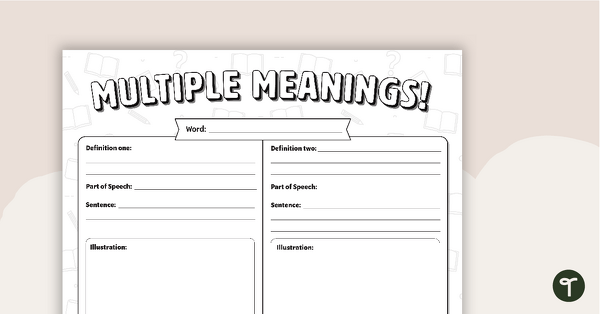
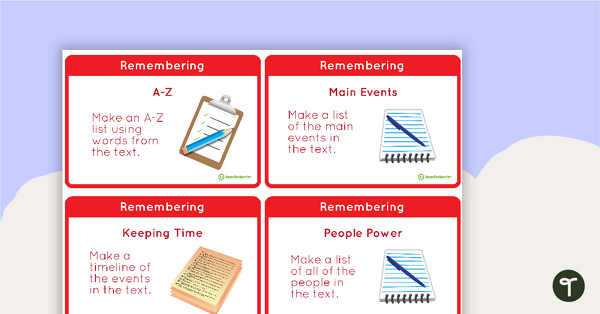
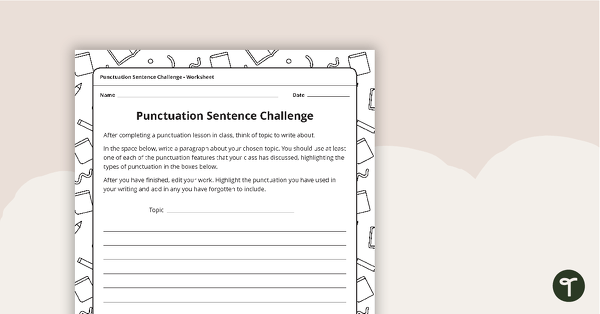
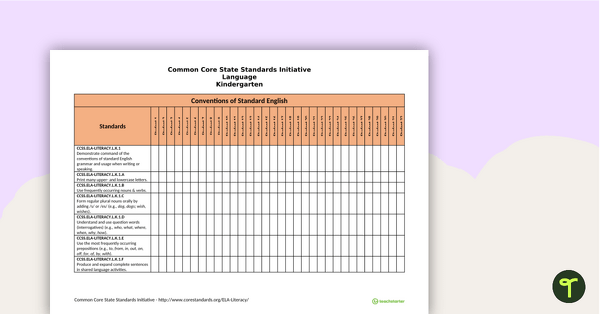
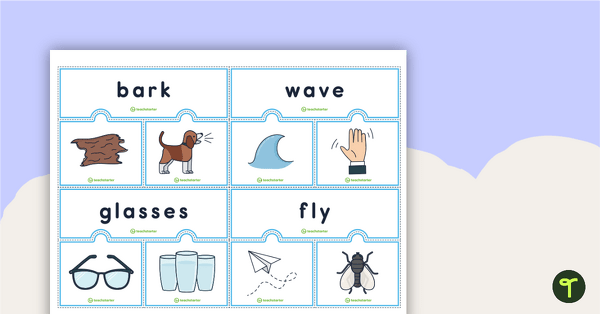
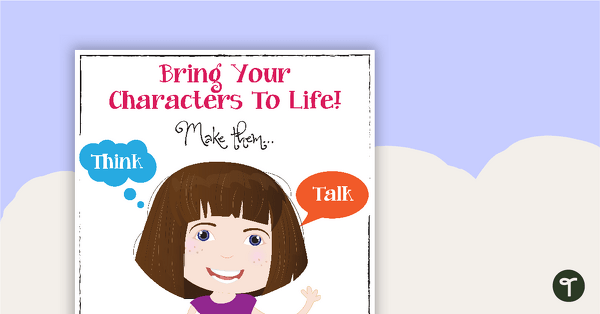
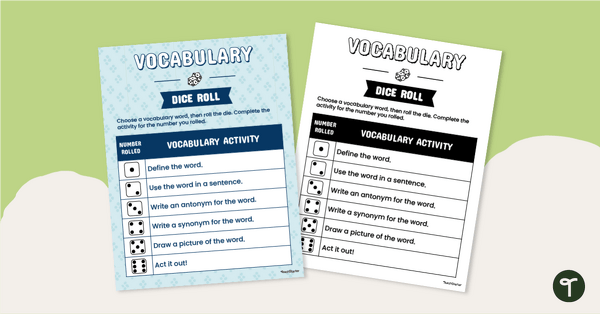
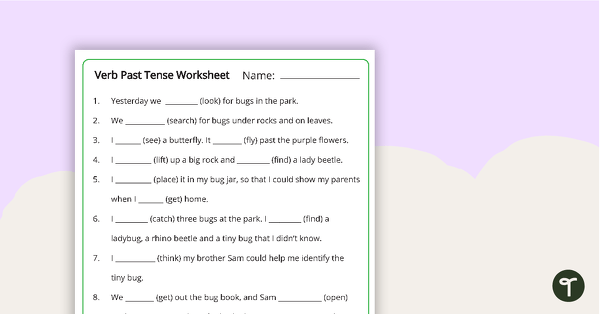
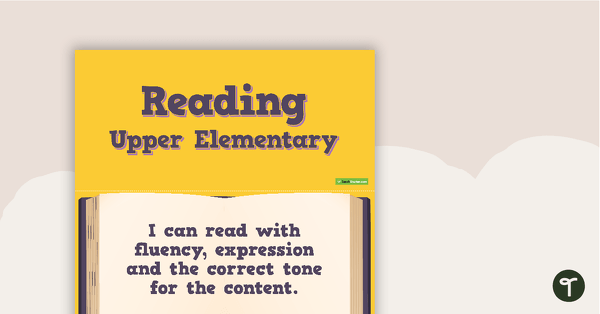
0 Comments
Write a review to help other teachers and parents like yourself. If you'd like to request a change to this resource, or report an error, select the corresponding tab above.